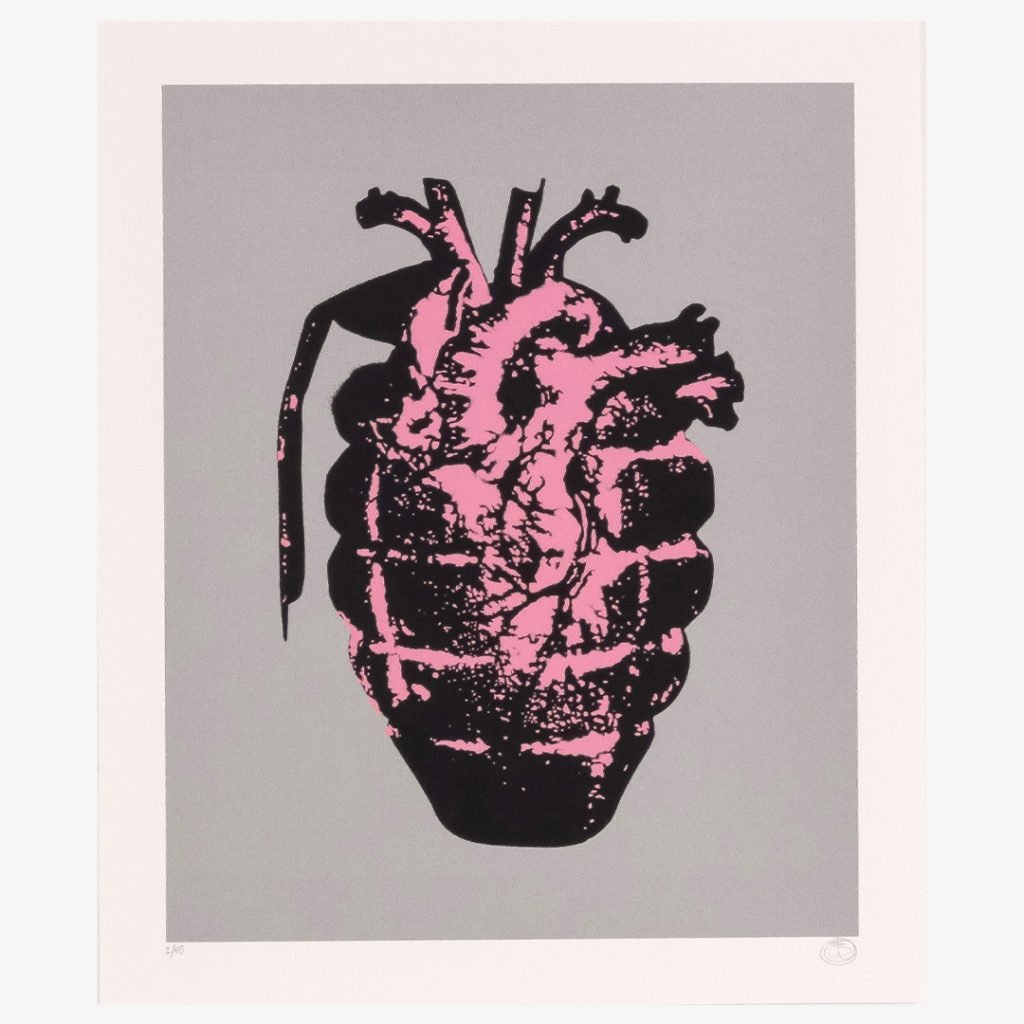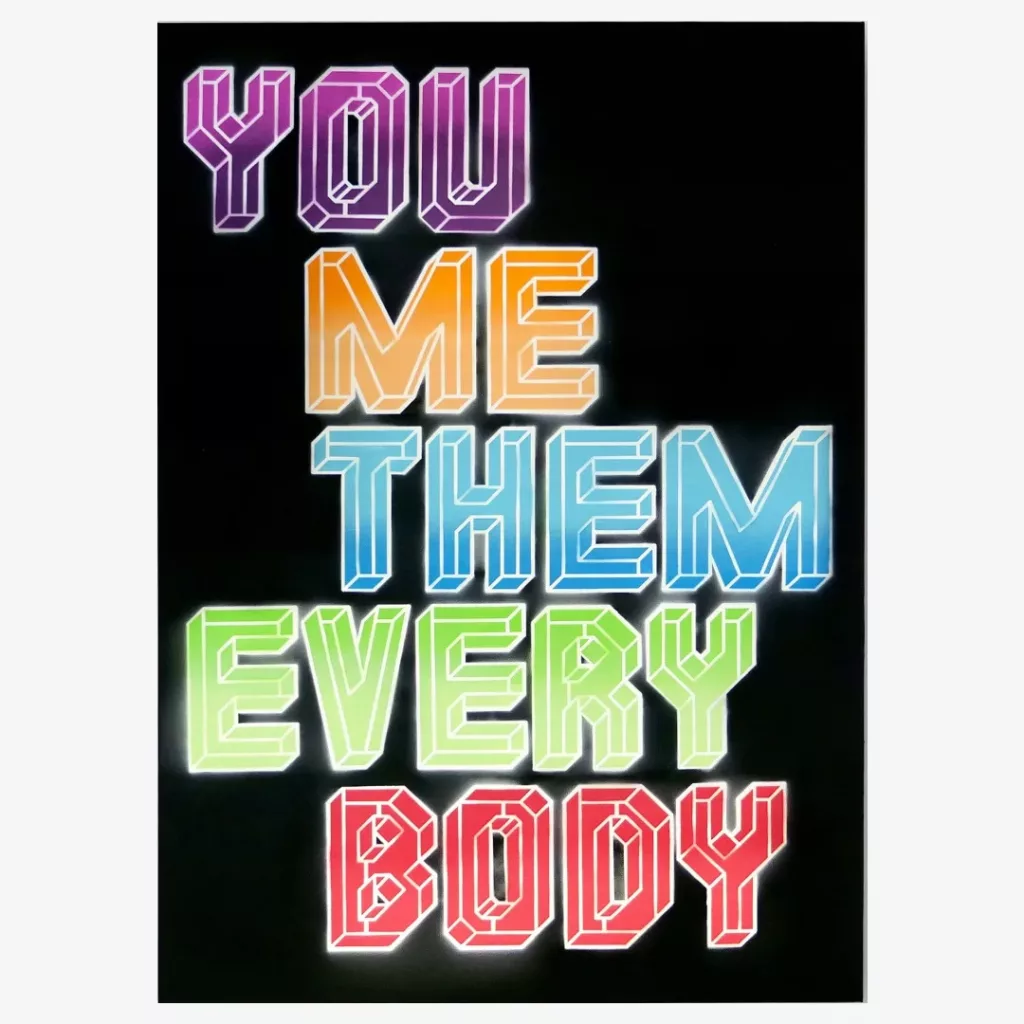In the annals of contemporary art, the trajectory of street art is a fascinating narrative that has unfolded over decades. What began as clandestine expressions on urban walls has evolved into a global phenomenon, gracing the walls of galleries and capturing the attention of collectors worldwide. This blog post delves into the journey of street art, tracing its ascent from underground movements to mainstream recognition in prestigious galleries.

Street Art Origins in Urban Rebellion
Street art finds its roots in the rebellious spirit of the streets. Emerging in the late 20th century, artists took to the walls of cities to express dissent, tell stories, and challenge societal norms. Graffiti, stencils, and murals became the canvas for voices often marginalized in traditional art circles.
Voices of the Marginalized
One of the defining features of early street art was its ability to amplify the voices of the marginalized. Artists used public spaces as platforms for social commentary, addressing issues ranging from inequality to political injustice. The streets became a dynamic gallery where artists could communicate directly with the public.

Evolution of Styles and Techniques
Street art is a diverse tapestry of styles and techniques. From the raw energy of graffiti tags to the intricate details of stencil art, the evolution of this art style has been marked by constant innovation. Artists seamlessly integrate traditional and contemporary elements, creating a visual language that captivates audiences worldwide.
Recognition in Alternative Spaces
As street art gained momentum, alternative spaces such as warehouses and abandoned buildings became makeshift galleries. These spaces provided a platform for artists to showcase their work outside the confines of traditional institutions, fostering a sense of artistic freedom and community.

Transition to Mainstream Galleries
The transition of street art into mainstream galleries marks a significant shift in the art world’s perception. What was once seen as vandalism began to be recognized as a legitimate and influential form of contemporary art. Galleries began to embrace street artists, hosting exhibitions that brought their works into the formal art discourse.
Crossover into Popular Culture
Street art’s crossover into popular culture accelerated its journey into the mainstream. Artists like Banksy achieved international acclaim, and their works became cultural touchstones. This art movement started influencing fashion, design, and even advertising, further blurring the lines between the underground and the mainstream.

Commercial Success and Collectibility
Street art’s growing recognition has translated into commercial success. Limited edition prints, original artworks, and even art toys by street artists have become highly collectible. Galleries specializing in this type of art have emerged, catering to a burgeoning market of collectors eager to own a piece of this cultural movement.
Challenges and Controversies
Despite its mainstream acceptance, street art continues to grapple with challenges and controversies. Legal issues, debates over preservation versus removal, and questions about authenticity are topics that underscore the complex relationship between the street and the gallery.

Street Art Redefined
As we witness the rise of street art, it becomes clear that its journey has redefined the parameters of contemporary art. These artists are now celebrated as cultural influencers, and their works, once confined to urban landscapes, have found a place within prestigious galleries, making an indelible mark on the art world.
In conclusion, the rise of street art is a compelling testament to the power of creativity to transcend boundaries. From the alleys of urban rebellion to the walls of mainstream galleries, this movement has carved a space for itself in the rich tapestry of contemporary artistic expression. As the movement continues to evolve, it leaves an indomitable imprint on the global art scene, inviting us to explore the intersections of culture, dissent, and innovation.
Cover image: The Art of Nick Walker

Leave a Reply